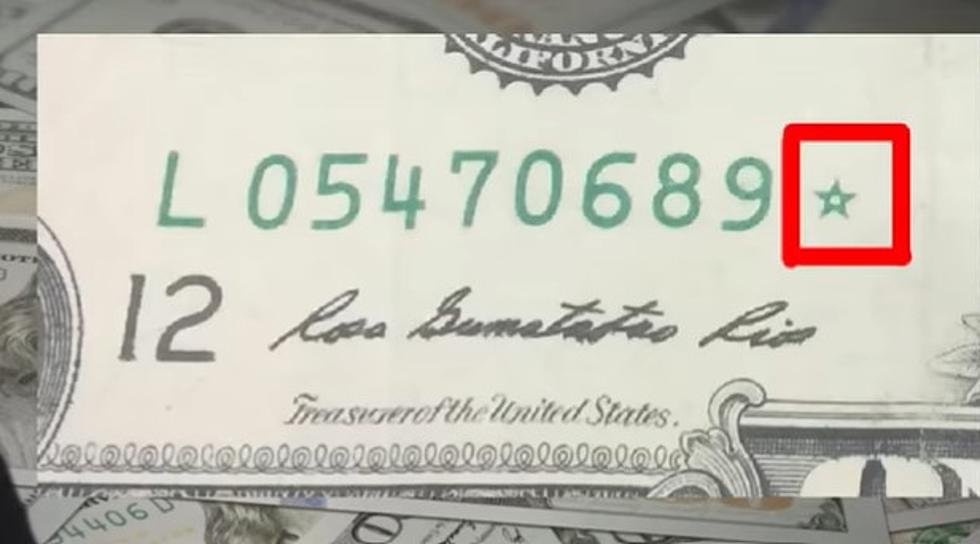
Picasso, Matisse, Monet + Many Other Famous Paintings Worth Millions Are Stolen
Thieves have hit the jackpot as far as art theft is concerned. Like a block buster movie starring Tom Cruise, art from some of the best known artists of time have disappeared. The Kunsthal museum in Holland lost seven pieces of art that could never be replaced. Who did it and why?
One of the biggest art heists in recent history took place in the early morning hours yesterday, the 16th. The art that was taken is thought to be of over ten million dollars. From Picasso to Monet, the pieces taken are from some of the art world greats. The Kunsthal museum had just recently opened the exhibit showing these pieces.
Could it have been an inside job?
The people that took these paintings were swift and had a plan. The spokes person for the police department of Rotterdam, where the Kunsthal is located, says that the thieves had some inside knowledge. Roland Ekkers continues by saying, "The alarm system in the Kunsthal was supposed to be state-of-the-art, so we have got no reason to believe that it's not. But somehow the people responsible for this found a way in and a way out and they found time to take seven paintings." The Rotterdam police were on site at the museum just five minutes after the alarm system was triggered. So, how did they get in and out so easily?
However they achieved this amazing heist, the art thieves will have a hard time making any money from the paintings.
Stolen art is followed with hawk eyes and those that steal it are not really worthy of a Tom Cruise performance. CBS News senior correspondent John Miller, a former FBI deputy director, said on "CBS This Morning," the art thieves aren't necessarily who you think they are." He says, "We want them to be this sophisticated thief who is handsome, cultured, has appreciation for art. The real art thief is usually a knucklehead. That's the short version. The long version is they are great burglars and thieves. They are lousy businessmen. That's because they spend a lot of time planning their way in to get the thing, but not a lot of time planning what they are is going to do with it after."
So what does a one do with the art after the theft?
You cannot sell it to any museum or art auction house, they know the pieces are stolen and will report you. Could you sell to a private buyer? Yes, but they will want to have a piece that expensive valued by a professional. The majority of the time the curator they bring the painting to have checked is an FBI agent, so that will take you to the slammer. Some will try to sell the art back with the reward money, as if the paitnings were being held for ransom. But, most countries now are protecting against this. In 2001, Great Britain passed a law that said you can't give the award unless it comes with an arrest. Will they just keep the art? Might as well, there are no real choices past that if the thieves don't want to be caught. No matter what the thief does, people like the Art Loss Register, Rotterdam police, and the FBI are watching and waiting.
- Pablo Picasso: “Tête d’Arlequin” (1971)
- Henri Matisse: “la Liseuse en Blanc et Jaune” (1919)
- Claude Monet: “Waterloo Bridge, London” (1901)
- Claude Monet: “Charing Cross Bridge, London” (1901)
- Paul Gauguin: “Femme devant une fenêtre ouverte, dite la Fiancée” (1988)
- Meyer de Haan: “Autoportrait” (circa 1889 – ’91)
- Lucian Freud: “Woman with Eyes Closed” (2002)
More From Mix 93.1









